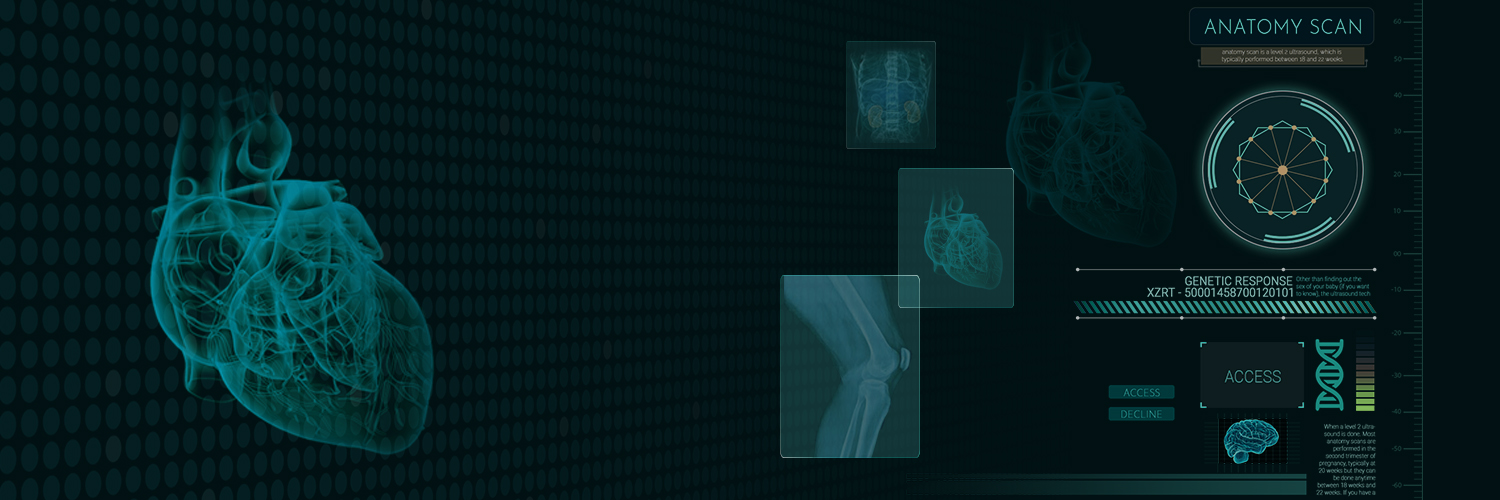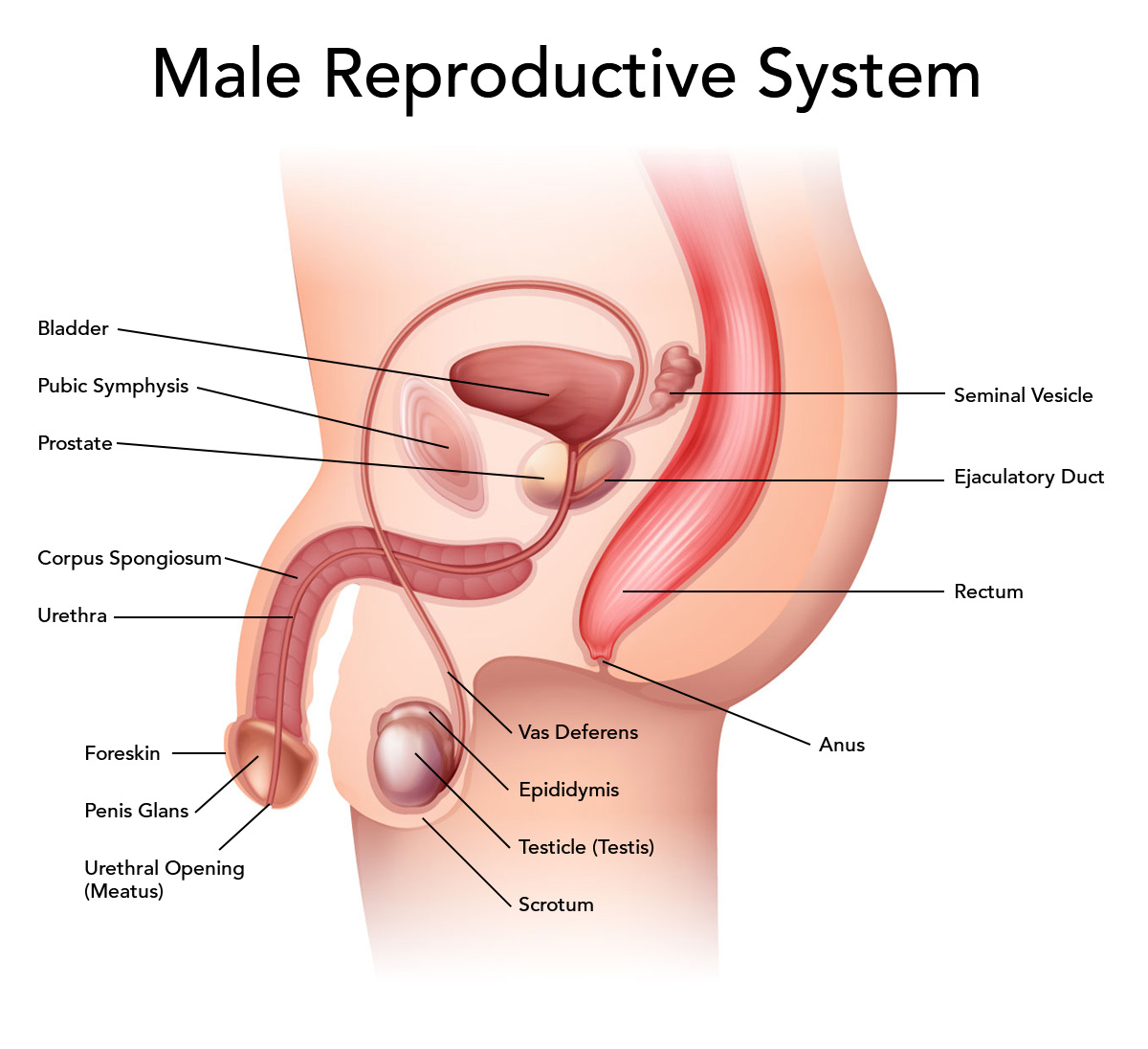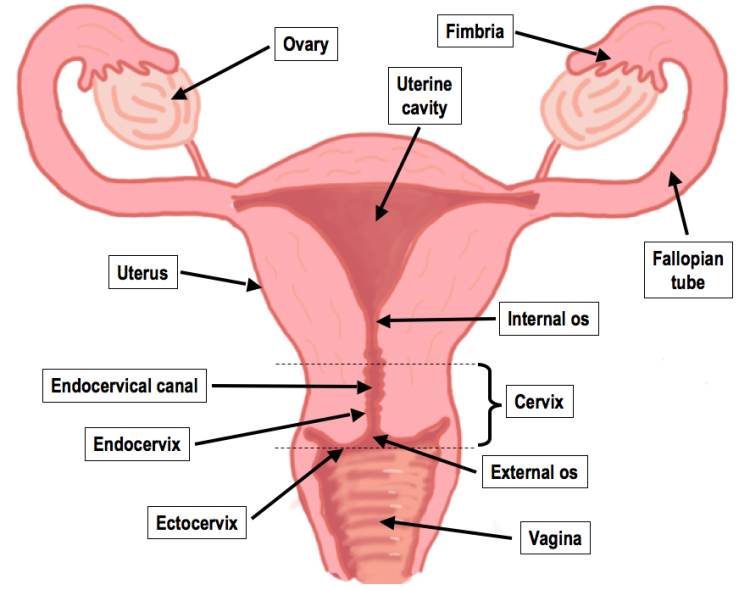
Reproduction in humans also involves fusion of gametes like plants. Male and female gametes are formed in their reproductive system. Sperm fuses with the egg to form a zygote. The male reproductive system is different from the female reproductive system, both in structure and in function.
The male gamete, sperm, is produced within the male reproductive system. The human male reproductive system consists of the following organs:
Testicles (testes): These are a pair of oval-shaped organ masked in a pouch called scrotum and are responsible for the production of the sperms and male hormone, testosterone.
Vas deferens: The sperms produced in testes are stored in a tube called epididymis, where the sperms get matured and passed to urethra through the muscular tube called vas deferens.
Accessory glands: There are three glands namely, seminal vesicles, prostate gland, and Cowper’s gland. The secretions from the three glands mix to form a fluid called semen which nourishes the sperm, increases the volume and helps in lubrication.
Penis: Penis is a cylindrical tube which serves as both reproductive organ as well as excretory organ. It delivers sperms into the vagina during sexual intercourse.
Sperms are a small unicellular structure. These are made of a head, middle piece, and a tail.

The human female reproductive system consists of the following organs:
Ovaries: Ovaries produce and store ovum in them and also produce a female hormone called estrogen.
Fallopian tubes (Oviducts): They are the site of fertilization and connect ovaries with the uterus.
Uterus: Uterus is the site of development for the embryo.
Vagina: It connects cervix to the external female body parts and is the route for penis during coitus as well as a fetus during delivery.
Ovulation is the process in which eggs in the ovaries start to mature during puberty and one of the ovaries releases the matured ovum in every 28 to 30 days.
Female reproductive system has two functions –
• Production of female gamete called ovum/egg.
• Nourishment and protection of the developing embryo.

Implantation: The embedding of embryo in the thick lining of the uterus is implantation.
The foetus is connected to placenta in mother’s body through umbilical cord. The time period from the fertilisation up to the birth of the baby is called gestation.
Reproduction in Humans